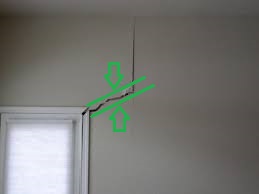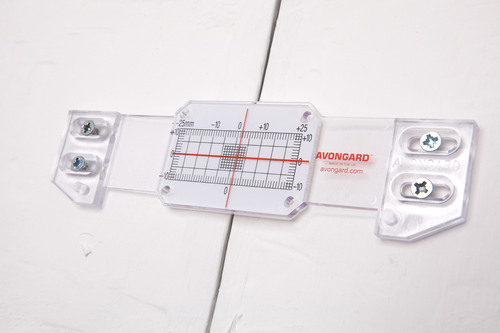Is the crack you see on your wall serious or minor cosmetic issue?
.jpg)
When it comes to wall cracks, determining their severity can be a daunting task for homeowners. A crack in a wall can be a minor cosmetic issue or a major structural problem, and it's important to accurately assess the situation in order to take the appropriate action. As an example, a minor crack in concrete is Here are some key factors to consider when evaluating the severity of a wall crack.
Location
One of the first things to consider when determining the severity of a wall crack is its location. A crack in a load-bearing wall is generally more serious than one in a non-load-bearing wall. Load-bearing walls support the weight of the structure above them and are essential to the stability of the building. If a load-bearing wall cracks, it can compromise the structural integrity of the entire building. Non-load-bearing walls, on the other hand, do not support any weight and are mainly used for separation or partitioning purposes. While a crack in a non-load-bearing wall may still be a cause for concern, it is typically not as serious as a crack in a load-bearing wall.
Size

The size of the crack is also an important factor to consider. A small hairline crack is usually not a cause for concern, but a crack that is more than a quarter-inch wide or half centimeter may indicate a more serious issue. As an example of a small, non-serious crack is the shrinkage cracks that are usually found in concrete elements.
As a general rule of thumb, the wider the crack, the more likely it is to be a serious problem. However, it's important to note that even a small crack can be a sign of a larger underlying issue and should be evaluated by a professional.
Shape
The shape of the crack can also provide clues about its severity. A jagged, diagonal crack is more likely to be serious than a straight, vertical crack. This is because diagonal cracks can indicate that the wall is being subjected to forces that it is not designed to withstand, such as lateral pressure or settlement. Vertical cracks, on the other hand, are more common and are often caused by shrinkage or expansion due to temperature changes.
Movement

Another important factor to consider when evaluating a wall crack is movement. If the crack is widening or deepening, or if the wall is bulging or leaning, this may indicate a more serious issue. These types of movements can be a sign that the wall is not stable and is at risk of collapsing. It's important to pay attention to any changes in the crack over time and to have a professional assess the wall if you notice any movement.
Other Factors
There are several other factors to consider when evaluating the severity of a wall crack. These include the age of the building, the climate, foundation issues, water damage, plumbing issues, and vibrations.
Older buildings are more likely to have cracks due to settlement and other issues. Changes in temperature and humidity can cause walls to expand and contract, which can lead to cracking. If the foundation of a building is shifting or settling, it can cause the walls to crack. Water infiltration can weaken the structure of a wall and lead to cracking, and pipes that freeze and burst or leak can cause damage to walls and lead to cracking. Heavy machinery or construction nearby can cause vibrations that can lead to cracking in walls.
It's important to consider all of these factors when determining the severity of a wall crack. If you are unsure about the cause or the appropriate course of action, it's a good idea to have a professional assess the wall. They can determine the cause of the crack and recommend the appropriate repairs, such as reinforcing the wall or fixing the underlying issue causing the crack.